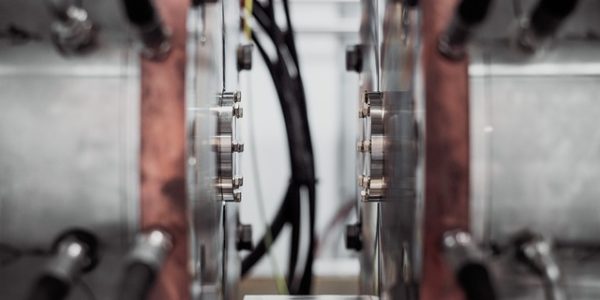The outlook on the future of U.S. manufacturing employment is different depending on who you ask. Some say that manufacturing jobs are less common now due to various trade deals and outsourcing, and the U.S. will see a rise in manufacturing employment if the right decisions are made. Others maintain that regardless of why those jobs initially disappeared, America will never see the same levels of employment in manufacturing again.
It’s difficult to forecast the future of employment unless you own a crystal ball. However, you can identify the factors that threaten manufacturing jobs.
Offshoring
Offshoring certainly negatively impacted the workforce. Quite simply, factory jobs move with production. If an American company moves operations to a different country a certain number of jobs disappear. More American businesses are bringing production back to the U.S. The number of jobs returning, however, does not meet the number of jobs that left.
Supply and demand
You can lead consumers to think that they want something through shrewd marketing, but you can’t force people to want something. If there’s less demand for goods, the supply must go down as well. Sometimes this means closing factories and laying off workers.
Automation
The number of robots, computers, and automated systems capable of carrying out tasks of human workers grows seemingly every day. Automation has had a home in manufacturing for two centuries, and factory robots continue to improve at a rapid rate. Manufacturing benefits from a number of technological advancements in machine learning and robotics, and factories simply need fewer human workers for production.
Out with the old, In with the new
We won’t get all of our manufacturing jobs back. Machines are more efficient than humans, and automation just makes sense for manufacturers. Rather than try to get old manufacturing jobs back, however, we could focus on creating new ones. History has shown us that automation doesn’t eliminate the need for human workers. Automation allows people to focus time and energy on making improvements.
Measuring the success of manufacturing
It’s important to make the distinction between the manufacturing industry and employment within the manufacturing industry. In the past, employment within the manufacturing sector could indicate the the condition of the industry. That’s no longer the case, however. Increased use of factory robots and automated systems means that fewer people are needed to produce manufactured goods. Manufacturing success is measured by output rather than employment.
The success of your business depends on your machinery working properly. Do you run an Indramat motion control system? Call us today for support, service, or repair on any of your Indramat products!
